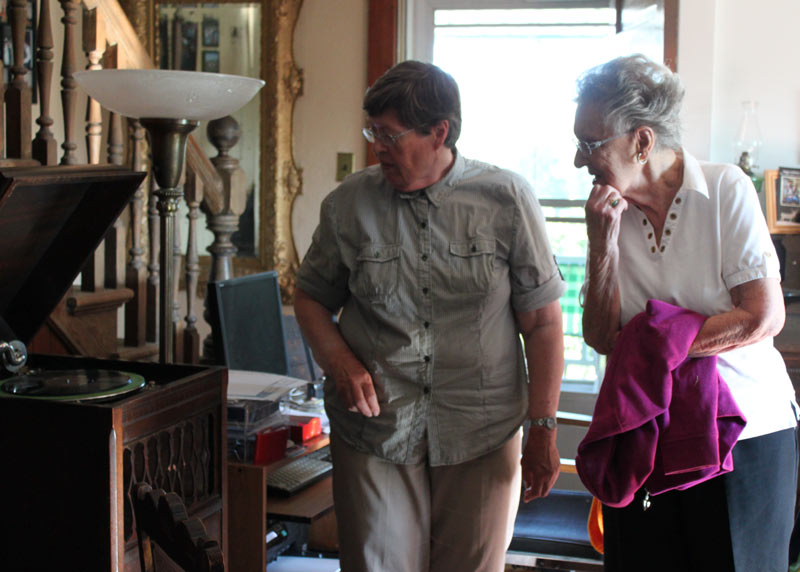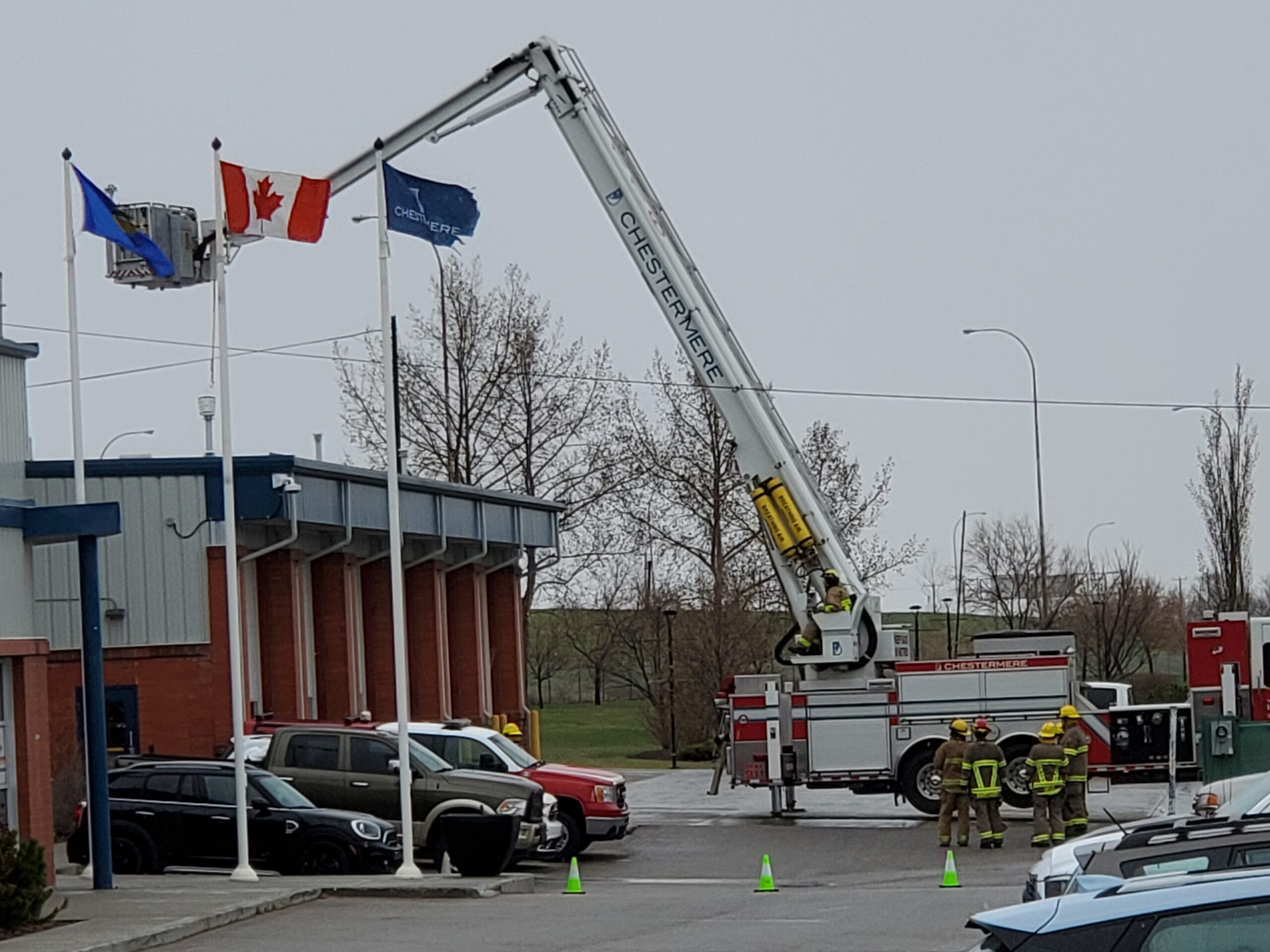Fashions and trends will come and go and hemlines will go up and down like the stock market while at the same time what influenced a family 100 or even 50 years ago is not that different than what is seen today. Convenience continues to motivate us.
For Glen and Kay Clarke, now in their 70’s, moving their family into Huntington Hills when it was a 3 year old community was to get a reprise from the continual driving of children to and from various activities while living on their farm. When living near the family home on Range Road 240 which runs east/west south of Chestermere life was becoming increasing busy and a choice was made to find a home with closer amenities. For 23 years the Clarke’s lived in the city getting their children through the school and university years.
After their children were grown a choice was made to return back to the country life at the family farm which had remained vacant after Kay’s mother had to leave for health reasons and her father had passed away in the late 1980’s. It was a move that they never looked back on and took on the task to renovate the house that had been build in 1912 by Kay’s grandparents, John and Kate Mackenzie. What is remarkable is that they have changed very little in the upstairs bedrooms and have decorated the rooms with family heirlooms. And there are a lot of them. In the historical fact sheet Kay wrote, “You will see very little was thrown away perhaps because we both have Scottish heritage.”
Last week the Historical Foundation had the opportunity to visit the Clarke farm and see firsthand the treasures that have been kept over the years by the family since Mackenzie first purchased 400 acres in 1909. Over 95% of this remarkable display was original items used by the family. When Kay and Glen show invited visitors around the property the props from their stories are the real McCoy. In 1910 Mackenzie was one of several workers who helped build the grade of the existing rail line that runs along the north side of their property. The equipment he used to scoop the earth which would have been pulled by a horse still sits on the property rusted and parked. Clarke is amazed at the extent of work that would have been required to complete such as task. “I moved an unused approach embankment the size of this kitchen over by the tracks with the front end loader of my tractor and that took me a heck of a long time.” He couldn’t imagine the time it must have taken for his wife’s grandfather to do the same work with the digger and horse.
Mackenzie farmed and sold his crop of oats in Calgary, travelling with horse and wagon into town and surrounding area. The house originally was open to the surrounding countryside and Kate would put lanterns in the windows to direct her husband home to the safety and security of home. Over time she would transform the yard into the little forest it now is planting windbreaks of caragana and trees. The gardens bloom heirloom flowers such as hollyhock, Persian yellow roses, perennial flax, lilacs and honeysuckle.
The original old barn was made from recycled lumber when the NWMP barracks at Fort Calgary were torn down in 1914. When this barn started to deteriorate and become unsafe the recycling continued with the building of the small barn seen on the property today. Kay showed us the square nails that had been embedded in the lumber. An unusual fish wind vane flies on top of the cupola, made by a handyman who knew Mackenzie was from Nova Scotia.
As a child Kay and her sister were able to walk from her parent’s home across the road to her Grandmother’s house. “She was a great gardener but not so good a cook, she would make Rock Cookies which were a type of oatmeal raisin” said Kay. She still has the pink depression color glass cookie jar her grandmother stored the treats in.
Other special activities were to be enjoyed at her grandmothers. “There were two things we could do, “said Kay. One was to listen to the gramophone which still works and sits in the Clarke’s living room to this day. The other was to look at the postcards that the Mackenzie’s had acquired during their trips to California and Nova Scotia.
The trip to northern California took close to a month and travel was by the couple’s 1926 McLaughlin Buick which still sits out back in one of the sheds. This car which was a popular choice by Al Capone’s rum runners travelled 35 miles an hour. Trips to such places as Banff involved an overnight stay since travelling there would take 8 hours.
The new murals which will be up by this coming weekend includes a tribute to this longstanding pioneer family with a picture of Kay and her brother as toddlers on a sled pulled by her father Pete Lester on the frozen lake waters. Kay showed me the skates that he wore over 70 years ago well used and now retired in the little barn along with other artifacts from their family’s life. The photo also shows the bald prairie in the background that now has become our town and it makes us appreciate the work of our previous landowners and pioneers in growing our community to the desirable place it now is.
As for the Clarke’s they are proud and content to be stewards of their family history and to share their love of the old through the continued documentation and collections they upkeep. It is truly a labor of love.
Delving into Our Community’s History Shows Times Really Do Not Change

In response to Canada's Online News Act and Meta (Facebook and Instagram) removing access to Canada's local news from their platforms, Anchor Media Inc encourages you to get your news directly from your trusted source by bookmarking this site and downloading the Rogue Radio App. Send your news tips, story ideas, pictures, and videos to info@anchormedia.ca.







